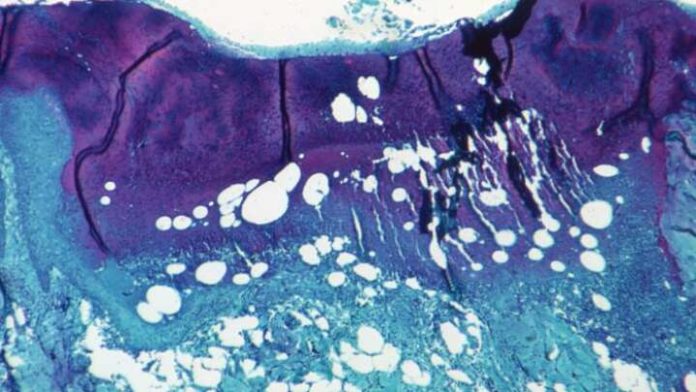
Despite what you might have heard in badly worded headlines and sketchy speculation on social media, monkeypox has not turned into a sexually transmitted disease (STD) nor is it “a gay disease.” We spoke to an expert about why this typically rare disease shouldn’t strictly be considered an STD – and why it’s very important to draw that distinction.
Health authorities have noted that cases of monkeypox in Europe and North America have mainly – although not exclusively – been seen among men who have sex with men. Many of these cases were detected when men sought medical help for lesions on their genitalia at sexual health clinics.
Dr David Heymann, former head of the World Health Organization’s (WHO) emergencies department, brought further attention to this by telling the Associated Press that the leading theory to explain the spread of the disease was partygoers having sex at raves in Spain, Belgium, and perhaps elsewhere in Europe.
This apparent pattern of transmission largely between men who have sex with men is relatively unexpected for monkeypox. The disease is caused by a virus from the same family as smallpox. Symptoms of monkeypox are also similar to smallpox, albeit milder, with patients experiencing fever, achy muscles, swollen lymph nodes, exhaustion, and a rash. Later, more visible symptoms appear, like unusual rashes, lesions, and scabs on the skin.
The virus is endemic in parts of central and western Africa where it is naturally found in rodents – though strangely, not often in monkeys.
We do know that human-to-human transmission occurs through close contact with infectious material from skin lesions of an infected person and respiratory droplets in prolonged face-to-face contact. It can also be passed on by sharing clothes or bedsheets with a person who’s infected.
Many suspect that the virus appears to spread among people who’ve had sexual contact because sex, by its very nature, involves a lot of close skin-to-skin contact. In other words, you can catch a cold while having sex, but it doesn’t make it an STD.
“Whilst monkeypox certainly can be spread through sexual contact as has occurred in a number of the current cases, it does not require the contact to be sexual. It is therefore misleading to classify it as a sexually transmitted disease,” Dr Dominic Sparkes, Specialist Registrar in Infectious Diseases and Medical Microbiology at Addenbrooke’s Hospital in Cambridge, told IFLScience.
“The reason that it is unhelpful to classify it as an STD is two-fold,” added Dr Sparkes. “Firstly it may mean that people who have been exposed to monkeypox but have not had any sexual exposure believe that they cannot have become infected. The second is the stigmatization that can occur with sexually transmitted diseases which may mean people are less likely to come forward if they have symptoms.”
The Joint United Nations Programme on HIV/AIDS (UNAIDS) has warned that some reporting on the monkeypox outbreaks has been used to “reinforce homophobic and racist stereotypes and exacerbate stigma,” stressing that the risk is not limited to men who have sex with men. If we take a look at the failings of the HIV pandemic in the early 1980s, it’s easy to see how stigma and stereotypes made a bad situation even worse.
“Stigma and blame undermine trust and capacity to respond effectively during outbreaks like this one,” Matthew Kavanagh, Deputy Executive Director of UNAIDS, said in statement.
“Experience shows that stigmatizing rhetoric can quickly disable evidence-based response by stoking cycles of fear, driving people away from health services, impeding efforts to identify cases, and encouraging ineffective, punitive measures. We appreciate the LGBTI community for having led the way on raising awareness – and we reiterate that this disease can affect anyone,” added Kavanagh.








